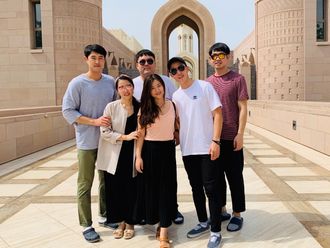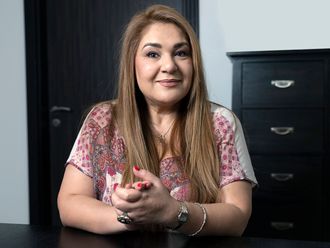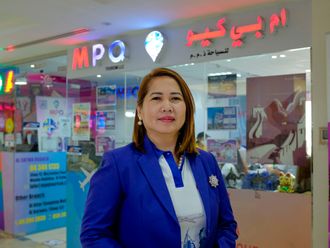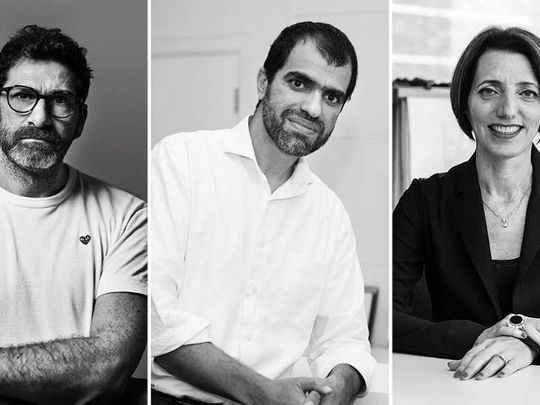
Vernacular architecture
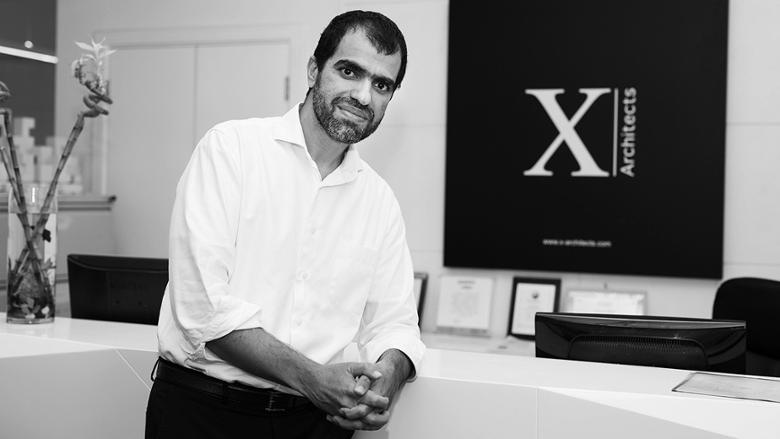
Farid Esmaeil, one of Dubai’s few internationally acclaimed homegrown architects from the American University of Sharjah, believes that there is a lot to be learnt from regional Arabian architecture that is largely influenced by desert conditions, and cultural and regional values. Born in Kuwait, Farid grew up in Dubai and cofounded X-Architects in 2003. Since then, through his diverse portfolio of award-winning projects that range from masterplans to civic and cultural buildings to offices and private homes, he has tried to be contextual, responding to the physical environment and cultural aspect of the place where he is working.
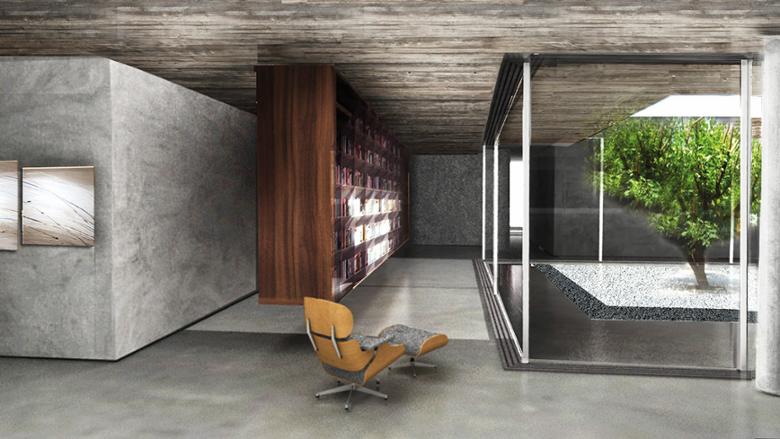
“There is a lot to learn from vernacular architecture, from Arabian architecture. It has taken people in this region thousands of years to develop these survival techniques that has helped them to live in the harsh environment. Sometimes we forget about the past and bring in ideas from other parts of the world and superimpose it here.” Farid has learnt from tradition and he has learnt from modernism. “I try and design buildings that talk to the surroundings. They have an identity and sense of belonging to the place where they belong. We learn from our region,” he explains.
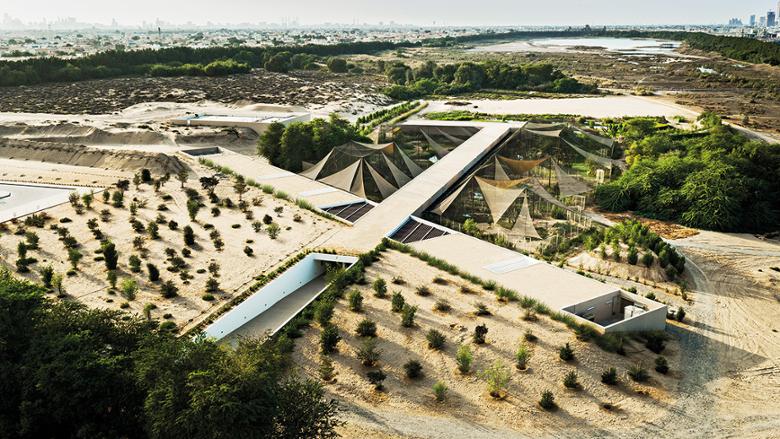
The old areas of Dubai, Farid believes, have good examples of Arabian architecture. “We don’t have to copy the style but we can definitely learn from it,” he says. For him a glass box with a solar panel in the desert is a parachute idea that is certainly not cool.
Growing up in the UAE, Farid drew a lot of his inspiration from the buildings in old Dubai that are built closer together to create shading over the narrow lanes that separate them, the winding alleys that create a natural-form of air conditioning, the thick walls and small windows that insulate the homes from the sun, and the wind towers and central courtyards.”
Several of the projects of X Architects -- be it the Wasit Natural Reserve Visitor Centre in Sharjah that blends with its surroundings (once a waste water and rubbish dump, the site was rehabilitated and now serves as a breeding ground for various migratory birds) or the restoration, intervention and conservation of Shaikh Mohammad Bin Khalifa House Project (SMBKH) in Al Ain or even the Welcome Pavilion in Shindaga (that uses traditional materials and an open plan design) and the Floating Trees urban sculpture in Abu Dhabi (that uses a cloud of 100 Ghaf trees) -- are all culturally robust, place sensitive and environmentally friendly.

Even in his design of residential villas for local Emirati clients, Farid has been inspired by social and cultural values of the region. He says, “We designed a Villa for Four Ladies that was planned on the fundamental cultural elements from Emirati life. The villa provided a level of separation required between men and women in Arab society. Planned for a mother and her three daughters, the women had a control of the level of privacy between the private and public spaces. And the courtyard in the villa, again an element from Arabian architecture, acted as a cultural separation between these spaces.”
According to Farid, recipient of several international awards and a speaker at TEDx in Abu Dhabi, Harvard University, and University of Toronto, among many world renowned institutions, Dubai blends in the traditional with the contemporary, ensuring that the UAE holds on to its national identity while becoming internationally renowned for its modern visionary architecture.
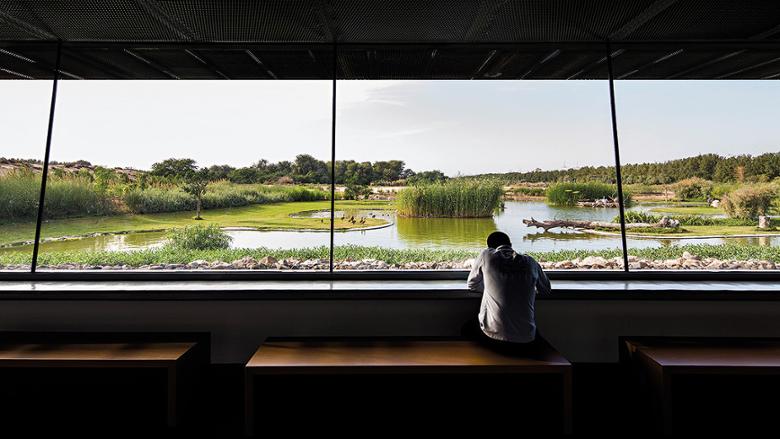
“Growing up in Dubai I was hugely influenced by how progressive the place is and that’s precisely its identity. The continuous change is a unique quality of Dubai. You cannot really define a specific look or feel or a specific design language of the city. Every corner of the city has something different to offer. The apartments with their deep balconies in Deira, the old villas in and around Al Fahidi, the iconic World Trade Centre on Sheikh Zayed Road, the Madinat Jumeirah, they all have their own character. They all have their own identity and that’s what makes the city special.”
Joining the dots
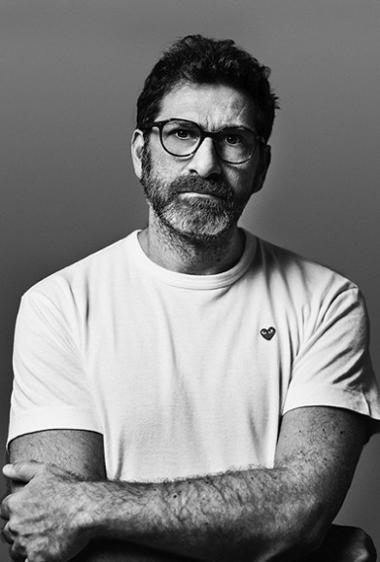
Growing up in war-torn Beirut, Fadi Sarieddine witnessed a harrowing period of destruction that made him want to play a role in rebuilding his country. He studied architecture at the American University of Beirut and later in the Bartlett School in London and spent time working in Lebanon and the UK before he moved to Dubai. The Fadi Sarieddine Design Studio in Dubai’s D3 creates futuristic designs and deals with both architectural projects as well as interior and furniture designs for offices, retail and restaurants.
“When I came to Dubai in 2004, the emirate was trying to forge an identity for itself. And I was also trying to find my space through my designs that wanted to retell the story in a different way.”
Through his projects in Dubai, Fadi has challenged set ideas. “The Emaar Boulevard originally had a total disregard for pedestrians. But as we worked on reactivating it, we felt that it had a lot of potential for restaurants and cafes that would engage pedestrians. Initially the weather prevented urban planners to activate the public domain. But then we realised that Dubai has a good seven months of walkable weather that cannot be disregarded.” Fadi acknowledges the old traditional forms but breaks the mould of conventional thinking.
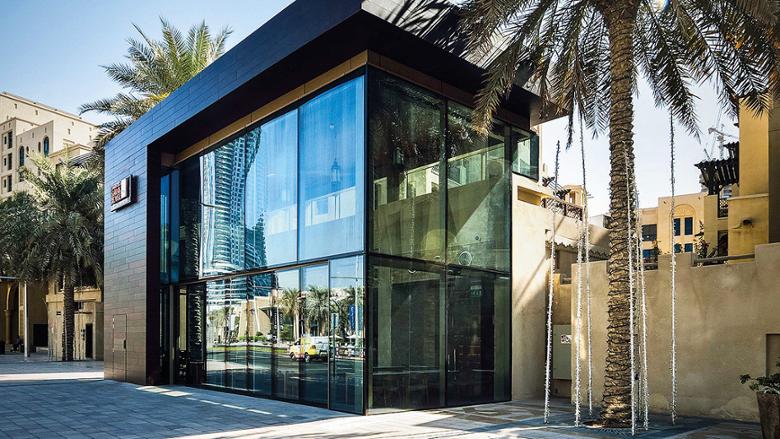
“I believe in forward thinking designs. It is important to marry the old school with new ideas. If you understand traditional architecture, but start on with a clean slate, you can forge a new identity,” he explains.

Whether it is working on the extension of the existing Vida Hotel in the MBR Boulevard, reactivating the boulevard or creating a vertical village in a 25-storey tower in Barsha Heights or maybe even a cluster of 12 villas sitting in an enclave surrounded by the desert, Fadi has kept in mind the setting, the local materials, the need for privacy and regional roots.
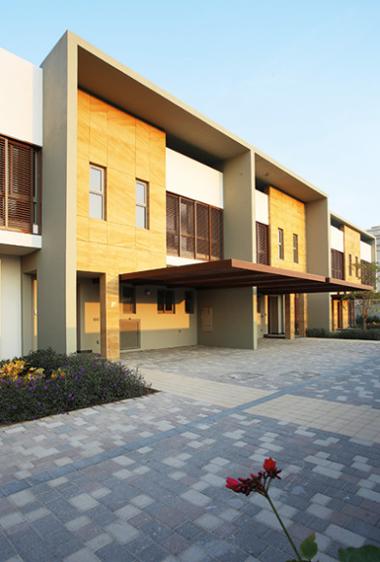
“Take Villa Ria, the 12 villas in an enclave, for example. The project combines contemporary architecture with warm materials and uses landscaping effectively to create the feel of a small village. We have used stone and wood. Similarly in many residential homes, it’s important to keep in mind factors of privacy and segregation of guests. Traditionally the private parts of the house should not be exposed to guests and the house as a whole should not be exposed to neighbours. There is a veil to the house and it’s important to keep such factors in mind.”
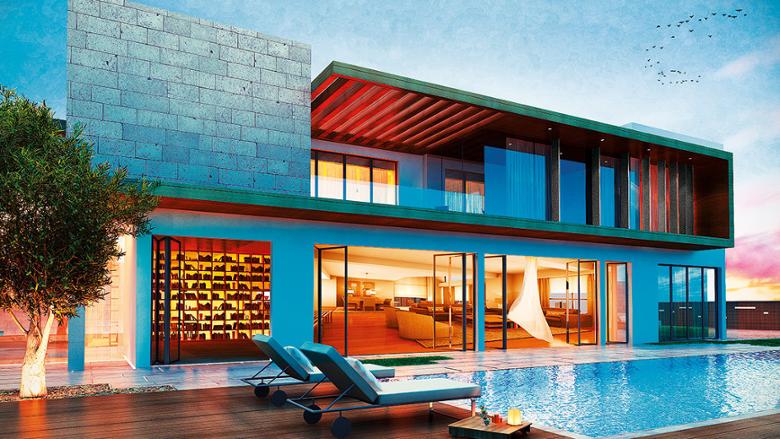
For Fadi, the identity of a city is not its aerial view but its urban life at ground level. It’s important to create that friendly pedestrian feel in more areas of Dubai. “As a city Dubai has not really grown from the centre, but has spread its footprints afar and is now trying to fill the gaps. The speed of this country is remarkable and while Dubai tries to join the dots, it is also looking at a 100 years from now. The leadership of Dubai is already looking at 2071, when the UAE turns 100 years and the futuristic vision of this country will create a new identity for it in the years to come.”
Also read: Investing in Dubai’s youth
Also read: Meet Dubai’s green families
A timeless appeal
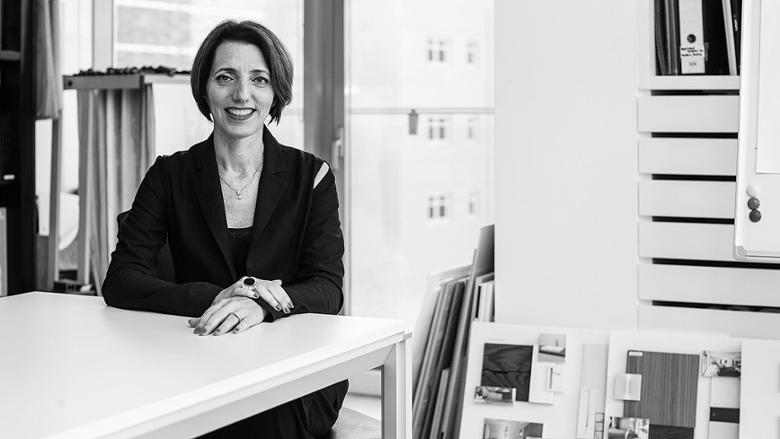
I came to Dubai looking for an identity, to discover myself,” says Sumaya Dabbagh, principal of the award-winning firm in Dubai, Dabbagh Architects. The Saudi Arabian architect first came to the UAE in the early nineties, after spending the early part of her life in England and France. “I was impressed by Dubai and how progressive it was. I loved the fascinating diversity of cultures here and the city seemed the perfect place for me to start living and working.”
Since setting up her firm in 1993, Sumaya has worked on several cultural projects in the UAE as well as on commercial offices, hospitality and residential projects. Her office is housed in the boutique Al Maktab building, designed by her firm, in the densely populated area of Al Barsha. Her most famous work has been the award-winning Mleiha Archaeological Centre in Sharjah, a delightful building that majestically rises from the ground and gracefully sweeps around the ancient Bronze Age Um Al Nar tomb, blending with the spectacular desert setting. She was awarded the Middle East Architect Award and the Cityscape Award in 2016.
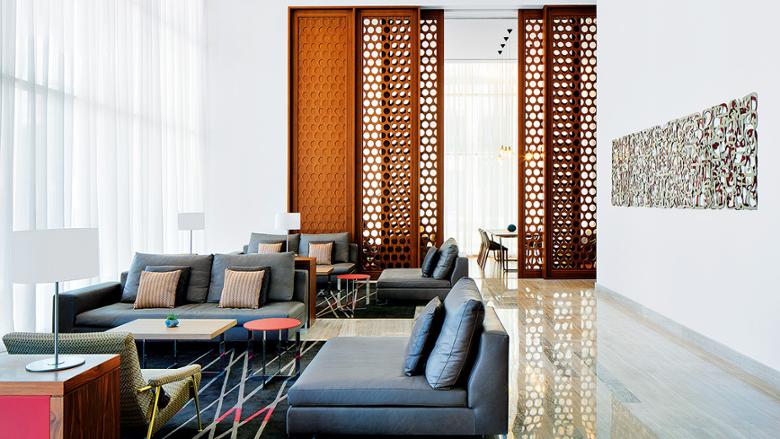
Sumaya was born in Jeddah and grew up with a love for natural geological forms. As a child, she moved between the openness of the coastal city and its jagged hills and was awestruck by the mountains of Ta’if that rose to around 1,800m above sea level in some areas. After moving to the UK at 13, Sumaya went to the University of Bath and studied architecture. “I had the opportunity to study under well-known architects such as Peter Smithson and was greatly influenced by Modernist architecture.”
After her education she travelled around the continent and fell in love with Paris, deciding to work there while also studying French. “In the UK I had become accustomed to the British culture and had adapted their ways from a young age. However, I found Paris very different culturally. There I felt like an outsider again. Although I lived in France for just a year, it was pivotal in my personal development and sparked off that search for identity,” says Sumaya. She observed that while in the UK and France she had to conform to the society and culture in order to integrate, in the UAE, the diversity was so rich that it she felt comfortable living and working here.

Sumaya started her career in Dubai at Schuster Pechtold & Partners, where she had the opportunity to work on the award-winning Children’s City project. Having worked in the UAE since 1993 and having witnessed the tremendous development in Dubai, Sumaya continues to be drawn to the vernacular city street pattern of the emirate, found in its older parts. “That has a timeless appeal,’ she admits. “Bur Dubai and other parts around the creek follow the vernacular city street pattern. The ground plus three buildings with the shops on the ground floor make for a rich experience when you walk around the place. You can connect with city life here, you can wander around and your senses are engaged. I truly believe that through architecture and good urban planning you can create good communities.”
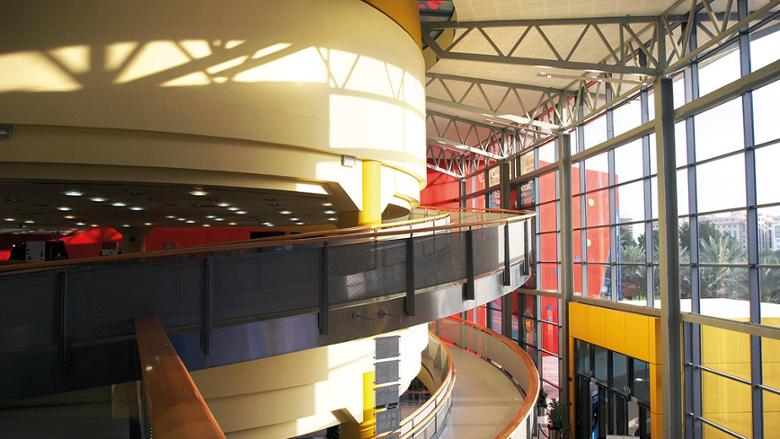
In Paris, where she lived for a while, she recalls living in an apartment on a small street with a few local shops, like a hardware store and a Fromagerie (a cheese store). “The store owners used to stand on the street watching people go by. After two weeks of living there, they began to recognize me and started to greet me. It immediately gave me the feeling of belonging and a sense of neighbourhood.” Architecture, Sumaya feels, creates an identity for a city by creating memorable experiences of people living in that place. “It’s important to give people a connection to their environment, to engage all of our senses. The identity of the city slowly builds on the identity of its people”
I really love visiting old Dubai, she says. “It has the feel of a closely knit community. Almost 10 years ago I worked in that area on the refurbishment of a building near the creek. I used to notice a guy who sat behind the HSBC building by the Dubai Creek selling newspapers under a make-shift shaded kiosk. He picked a location where there was breeze off the creek. I used to go and get a few things from his kiosk and I found it was cool enough even in high summer. So yes the old architecture of that area, the vernacular style of the buildings, the sikkas and narrow roads created an environment for pedestrians,” explains Sumaya, who feels that the newer areas of Dubai are still very car centric.
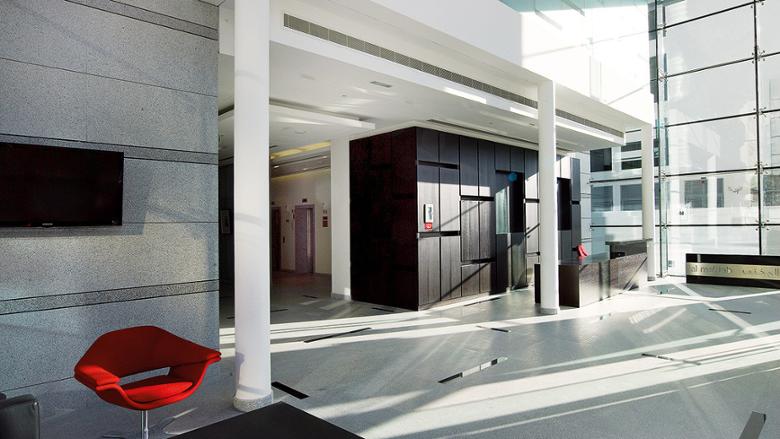
“The city has these really nice areas or pockets like the Dubai Downtown that are very nicely done but in between these pockets or islands there are spaces that are isolated and totally neglected. It would be really good to see that in the next phase of development, Dubai starts to connect these spaces together. Something has already started along these lines with the Meraas projects creating pedestrian movement along the beachfront and the creek. It seems that the city is beginning to move towards this direction. It’s also encouraging to find that the bigger developers see the value of creating these public realm/spaces that are for all. Most of these spaces have so far been neglected and these are now being addressed and reconnected.”
According to her, the role of architects is not just to design buildings, but to look at the spaces between the objects so that the city can be experienced as a whole.





